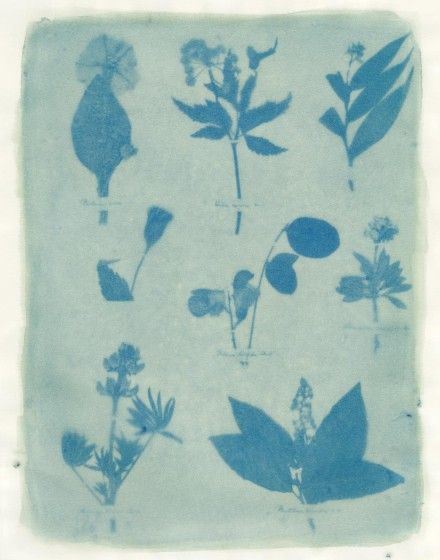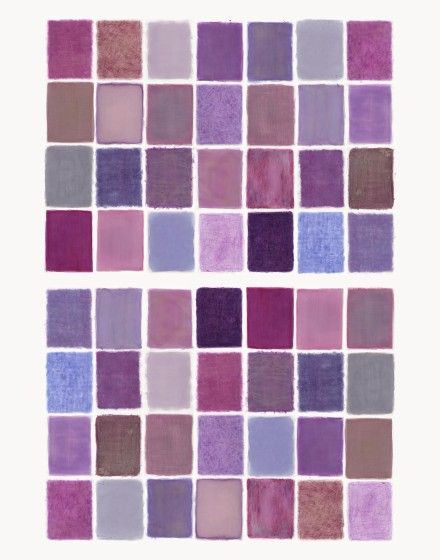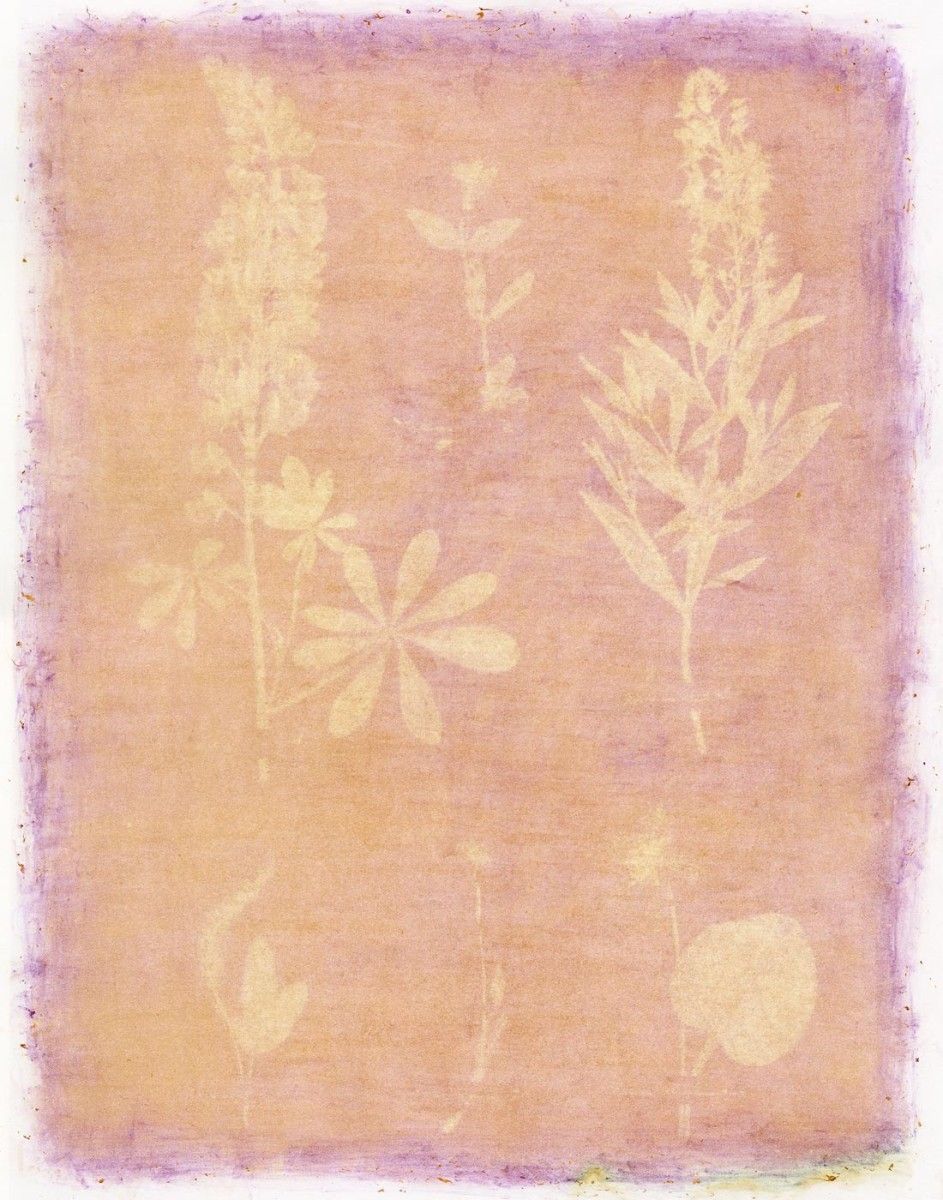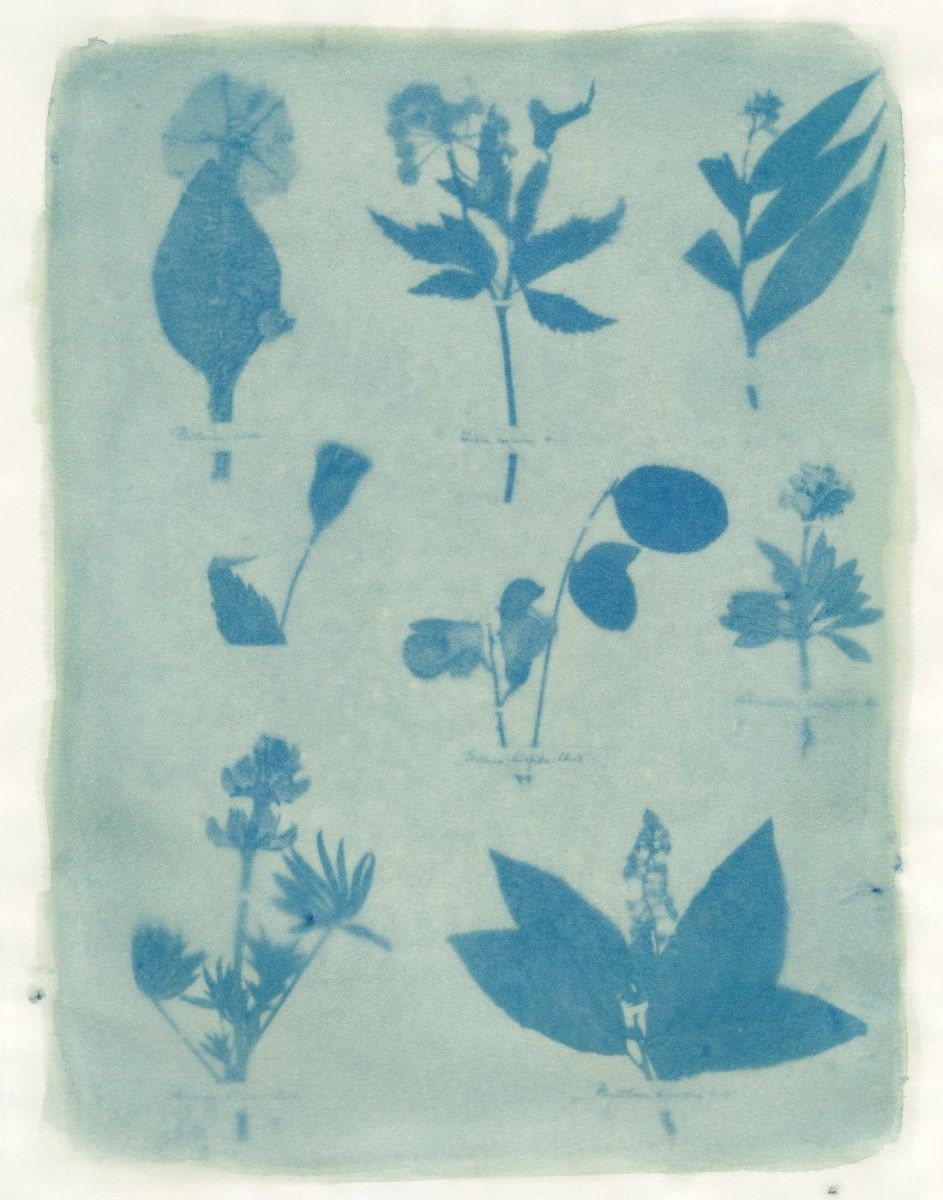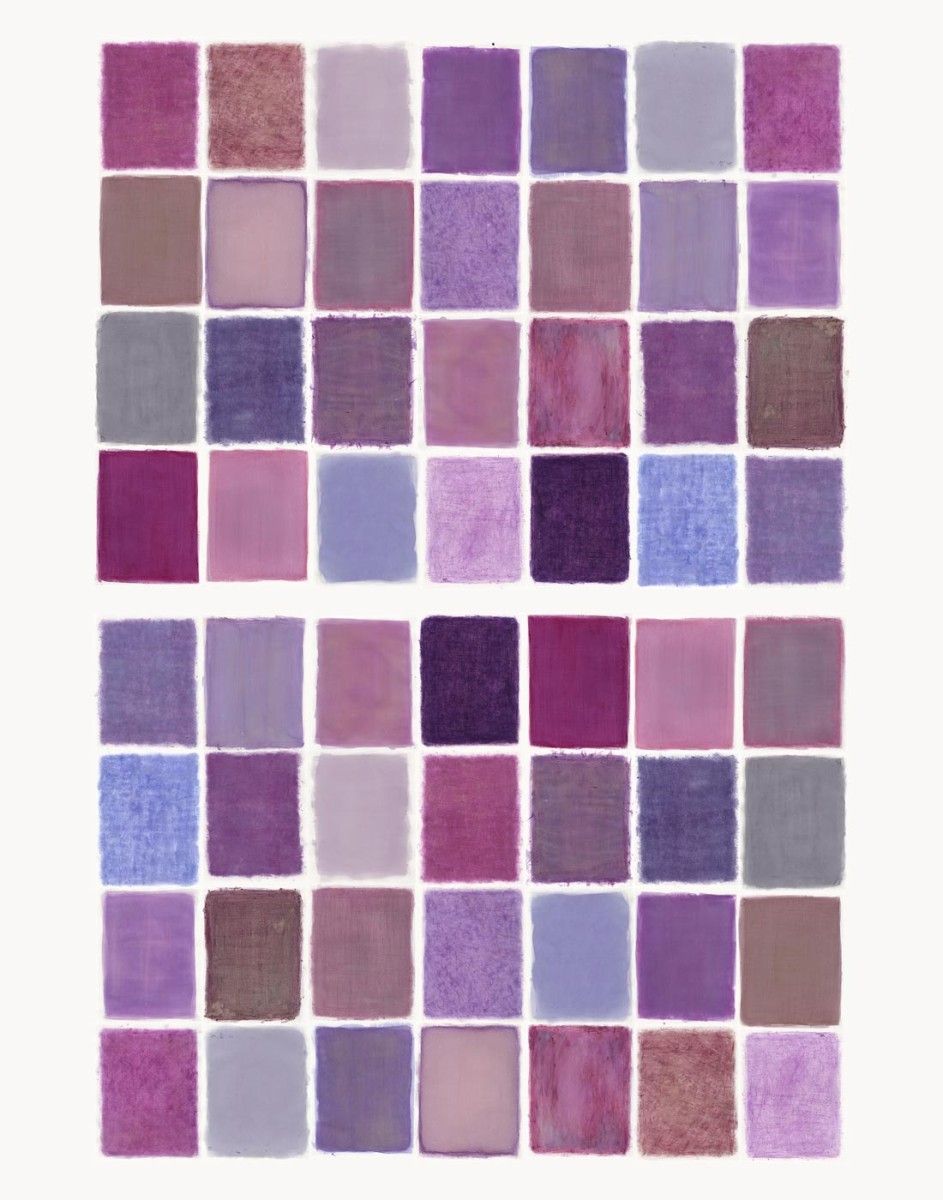This exhibition is the culmination of a cross disciplinary inquiry exploring renowned poet Emily Dickinson’s deep connection to the natural world. Created by artists Leah Sobsey (based in Chapel Hill, NC) and Amanda Marchand (based in Brooklyn, NY), "This Earthen Door: Nature as Muse and Material" examines pure color found in nature, the changing environment, and the symbolism of flowers in art and literature. The work pays homage to Dickinson’s significant botanical contributions through her very first book, made as teenager – a book of flowers.
Though now celebrated as one of the country’s foremost poets, in her lifetime Dickinson was known as an accomplished gardener and student of botany. As a teenager, Dickinson created an herbarium that lives at the intersection of science, poetry and art, filled with over 400 pressed plants that she collected from her Massachusetts garden and on walks.
In a gesture honoring her nearly 200-year-old effort, Marchand and Sobsey set out to grow these plants in their own gardens. From these they extracted the pigments from the 66 flowers to use within the Earthen Door project. They created anthotypes, plant-based photographs, made by applying the colorful liquids extracted from the plant to the surface of a sheet of paper. They placed a photographic negative, made from a specific page of Dickinson’s herbarium, on the pigment-coated sheet and exposed it to the sun. The sun’s UV bleaching rays left a shadow imprint on the paper, creating a camera-less sun-print.
Marchand and Sobsey also created a series of “data drawings,” abstract compositions that group together the pigments from the 66 flowers, symbolizing their shared properties or poetic associations—all associated with rich stories from the natural world. For instance, a grid of 42 colors may represent plants associated with love; a formation of 20 colors may represent toxic plants. In this way, the artists emphasize the full potential—visually and conceptually—that these plants had for Dickinson and still hold today. This scientific exploration is informed by partnerships with Dr. Kyra Krakos, and Dickinson Herbarium scholar, Peter Grima. What emerges from This Earthen Door is a lush inquiry into the ephemerality of beauty and the connections between art, poetry and science. An exciting component of the exhibition will be new work commissioned by the Museum that utilizes plant material gathered from the Laurels Preserve, a 908-acre tract protected by the Brandywine Conservancy, and metaphorically references the dual mission of the Brandywine Conservancy & Museum of Art.


